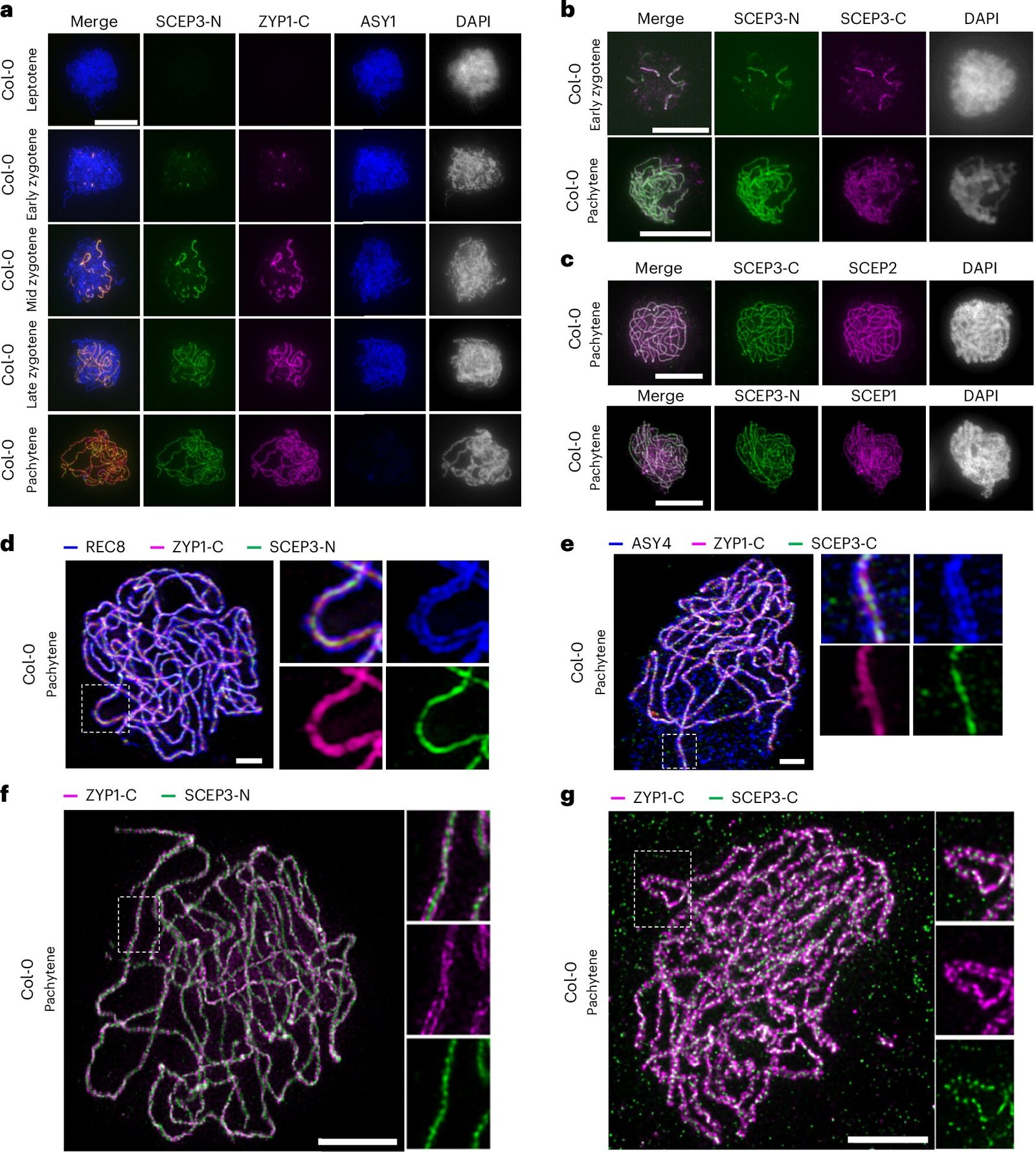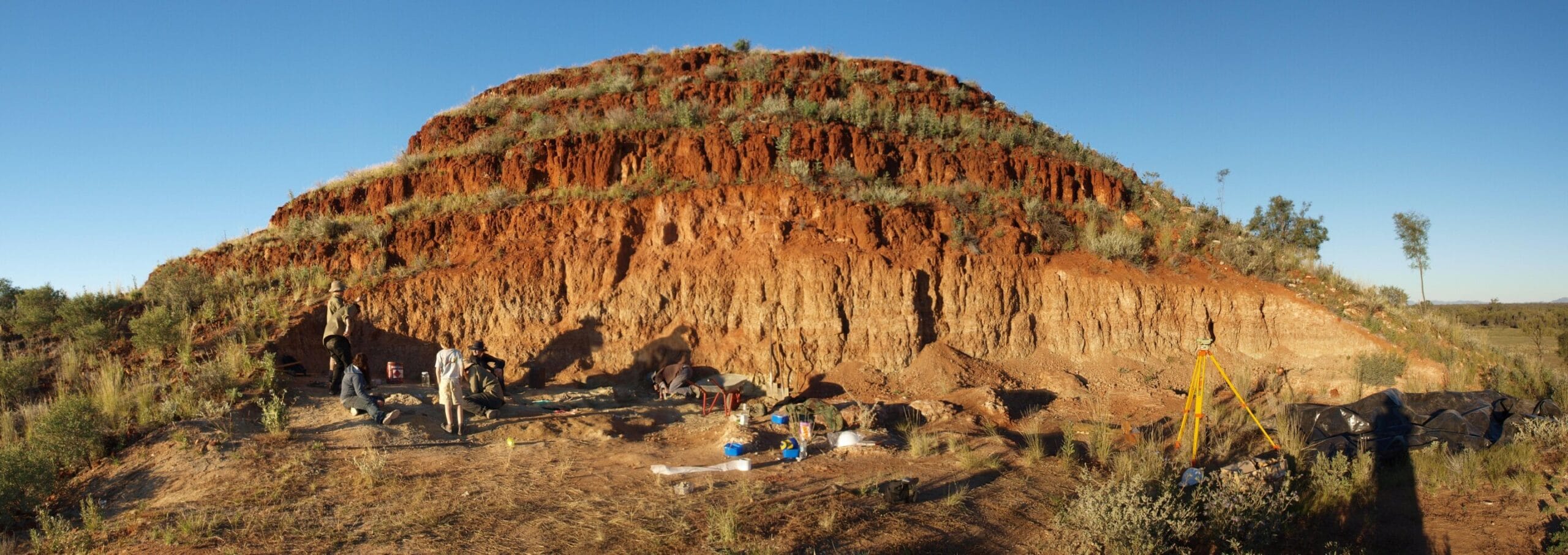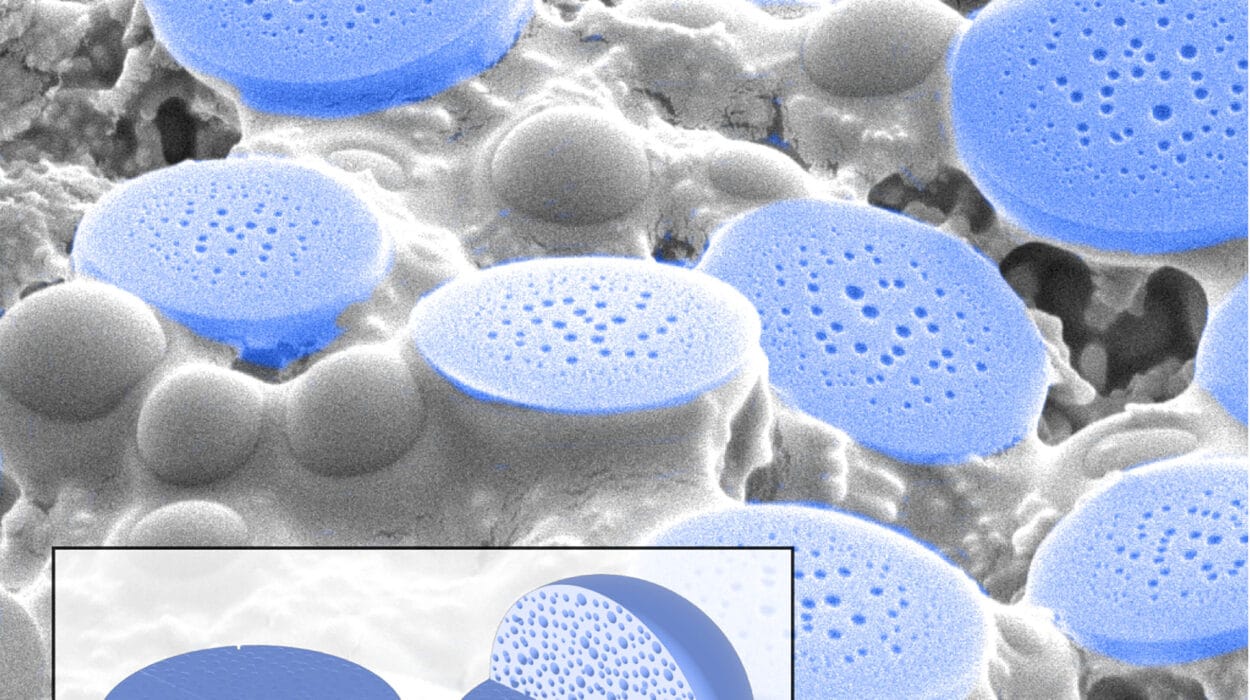Inside the folds of the living brain, a quiet but ceaseless conversation unfolds—a molecular dialogue between neurons and the blood vessels that nourish them. This intricate dance, known as neurovascular coupling (NVC), allows the brain to rapidly direct blood flow to areas of heightened activity, ensuring that oxygen and energy are delivered precisely where they are needed. The moment you think, feel, remember, or move, this elegant system springs into action, expanding blood vessels with microsecond precision to fuel your mind’s work.
NVC is more than a background process—it is the brain’s own system of logistics, maintaining balance and life. And now, as technology reaches into the depths of biology, it is becoming clear that understanding this process may hold the key to the future of brain-computer interfaces (BCIs), mental health diagnostics, and treatment of neurological disorders. But for all its importance, capturing NVC in real-time, at both high resolution and full cortical scale, has been a longstanding challenge. The brain, cloaked in bone and pulsing with complexity, has kept its secrets well hidden—until now.
The Technical Bottleneck in Brain Research
For decades, scientists have sought to observe NVC across the entire living brain with high fidelity. But like trying to listen to a whisper in a storm, traditional imaging technologies faltered. Most methods suffer from a trade-off between resolution and range. High-resolution tools like two-photon microscopy can peer deep into small brain regions but lack the breadth to observe whole-cortex dynamics. On the other hand, methods with large fields of view often blur fine neural details, making it impossible to track single-cell activity or microvascular changes with precision.
This disconnect has limited our understanding of how neurons and blood vessels interact dynamically—not only during healthy brain function but also in disease states like Alzheimer’s, stroke, and epilepsy. Moreover, for brain-computer interfaces to interpret brain activity from blood flow changes, as in non-invasive systems controlling prosthetics or cursors, the signal needs to be precise, consistent, and fast. But no system had fully delivered that—until the emergence of an ambitious new approach.
The LiTA-HM Microscope: A New Window into the Living Brain
In a remarkable study published in Science Advances, a research team from the Shenzhen Institute of Advanced Technology, led by Professors Zheng Hairong, Liu Chengbo, and Zheng Wei, unveiled a transformative tool: the Linear Transducer-Array-based Hybrid Microscope (LiTA-HM). At first glance, it might sound like just another advancement in imaging. But beneath the acronyms lies something extraordinary—a system capable of seeing the invisible rhythms of the awake brain, at capillary resolution, across the entire cortex, and in real time.
LiTA-HM represents a convergence of optical ingenuity, mechanical engineering, and algorithmic precision. It enables researchers to visualize not only single-neuron activity but also the living map of microvascular response across the entire brain surface—without disturbing the animal, without invasive procedures, and with astonishing speed.
Unpacking the Innovation: How LiTA-HM Works
At the heart of this breakthrough is a redesigned photoacoustic imaging system—a technology that listens to sound waves generated by light absorbed in tissues. Specifically, optical-resolution photoacoustic microscopy (OR-PAM) was pushed to new heights with a high-speed polygon scanning system, dramatically increasing imaging speed while preserving stability and spatial fidelity.
The team optimized the optical pathway to achieve uniform 6-micron spatial resolution across a wide 6.5-millimeter range, a remarkable feat given the curvature of the brain and the technical noise typically introduced by such systems. Unlike conventional designs that rely on liquid media to transmit ultrasound, the LiTA-HM allows the polygon scanner to operate in air, eliminating unwanted interference from coupling gels or water—an elegant solution that simplifies the setup and increases mechanical reliability.
But speed and clarity are only part of the equation. To expand the system’s field of view while retaining resolution, the team integrated an 8-channel transducer array with a 6-mm detection range, forming a hybrid modality that balances depth and detail.
Even more impressively, they engineered a novel image reconstruction algorithm. This software combines weighted averaging and adaptive stripe filtering, reducing artifacts introduced by the transducers and improving the signal-to-noise ratio—a critical parameter when analyzing tiny vascular signals in a sea of biological complexity.
Seeing the Brain Come Alive: Real-Time Whole-Cortex Imaging
With these technical innovations combined, the LiTA-HM achieves something previously thought impossible: real-time, large-scale, high-resolution imaging of awake mouse brains. The microscope can capture both neuronal activity and microvascular behavior at a frame rate of 1.25 frames per second, offering 6-micron resolution across a 6 mm by 5 mm field of view.
This capability enables the visualization of capillary-scale vascular networks and even the soma of individual neurons across the entire cortical surface. In short, the system allows scientists to witness, in real time, the brain lighting up and mobilizing its blood supply in response—every neuron firing, every vessel dilating, in perfect synchrony.
This is no longer just peering into the brain. It is watching it think.
Applications in Disease Models and Beyond
The team validated LiTA-HM not in passive subjects, but in awake mice—a critical step toward true translational neuroscience. By avoiding the confounding effects of anesthesia, they ensured that the observed neural and vascular patterns reflect real physiological behavior.
This opens a world of possibilities. In disease models, researchers can now observe how NVC is disrupted—whether neurons fail to communicate their needs to blood vessels, or if vasculature becomes sluggish and unresponsive. In functional imaging studies, scientists can map how specific tasks, stimuli, or thoughts ripple across the brain’s network, guiding both basic neuroscience and clinical strategy.
One of the most promising implications lies in non-invasive brain-computer interfaces (BCIs). Many current BCIs use hemodynamic signals—blood flow patterns—as proxies for neural activity. But traditional methods like fMRI are bulky, expensive, and slow. With LiTA-HM, the possibility arises for more accessible, high-resolution, optical alternatives that could drive next-generation BCIs. Imagine a system that interprets your intentions through your brain’s blood flow changes alone—fast enough to move a robotic limb or communicate via screen with precision and reliability.
A New Era of Brain Exploration
LiTA-HM is not merely a better microscope. It is a paradigm shift. It represents the merging of biology, physics, and computation to tackle one of the most fundamental questions in neuroscience: How does the brain fuel its thoughts?
By allowing full-cortex, capillary-level visualization in awake, behaving animals, the technology gives researchers the chance to decode the relationship between neurons and blood vessels like never before. We can now trace how a fleeting thought recruits nutrients. We can observe how disease corrupts this harmony. And perhaps, with time, we can even build machines that listen to these vascular signatures to interface with the brain directly.
The mind has always been hidden behind layers of complexity—its whispers too faint to hear. But with LiTA-HM, we are beginning to tune in. We are beginning to listen to the quiet breath of thought itself.
Reference: Liangjian Liu et al, Photoacoustic and fluorescence hybrid microscope for cortex-wide imaging of neurovascular dynamics with subcellular resolution, Science Advances (2025). DOI: 10.1126/sciadv.adw5275






